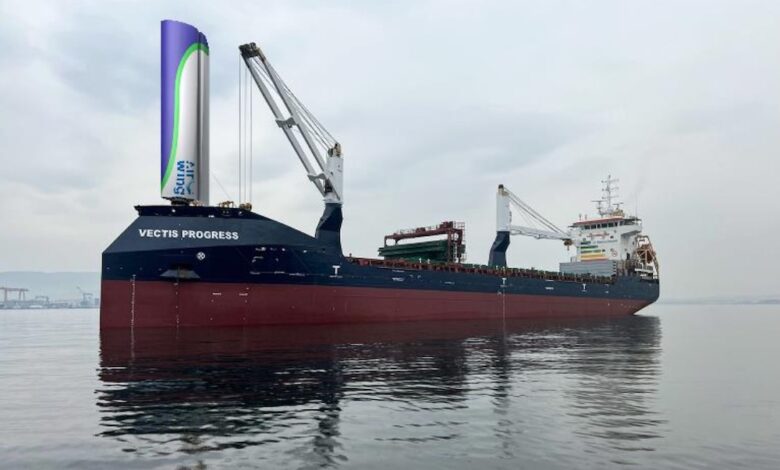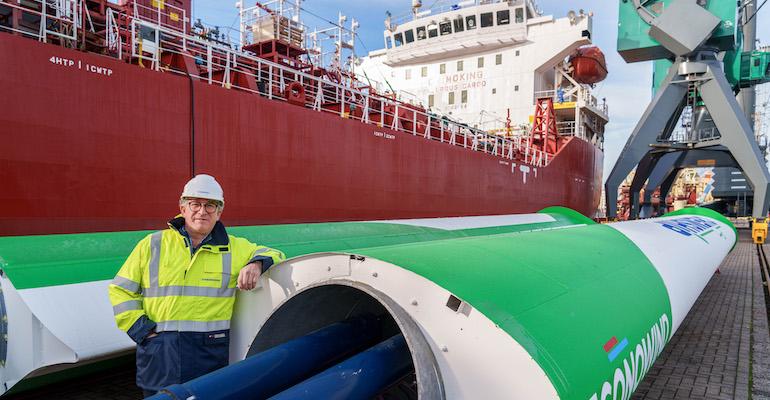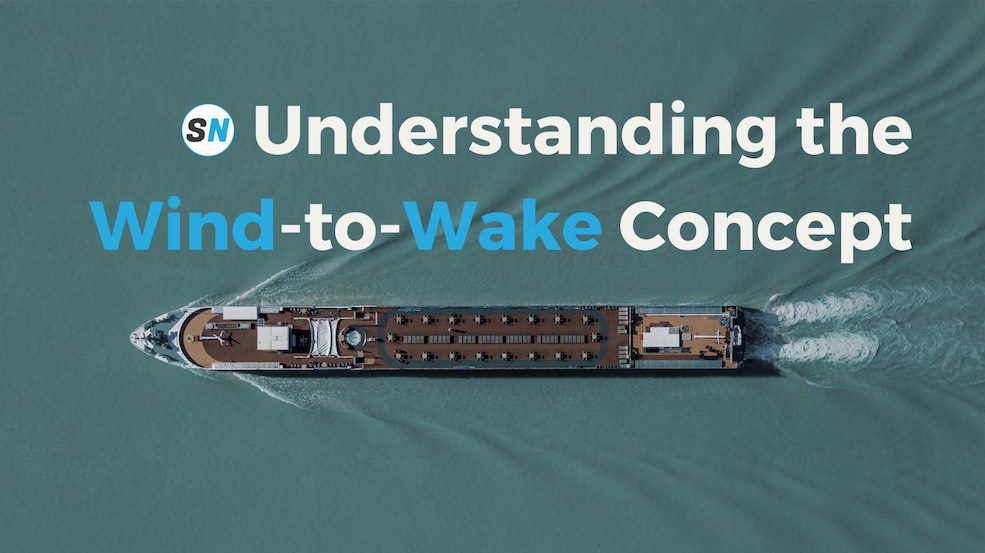28 November 2024
World’s First Wind Assisted Tanker – 10% Emission Reductions

Chemship, has commissioned the wind assisted upgraded 2015-built Chemical Challenger, the first tanker to have a wind sail retrofit.
Table of Contents
Concept
Netherlands-based stainless steel chemicals tanker owner, Chemship, has commissioned the upgraded 2015-built Chemical Challenger, the first ship in its fleet to have a wind sail retrofit.
The 16,111 DWT wind assisted tanker now has four 16-meter-high aluminum Ventofoils from Econowind, creating a direct wind surface of 180 sq meters.
Turbo-sail technology multiplies this by a factor of five, raising the total wind surface to the equivalent of 900 sq meters, the company explained. It expects to achieve fuel savings and emission reductions of 10%.
The wind assisted vessel will operate on Chemship’s trans-Atlantic trade between the east coast of the US and the Mediterranean. Westerly winds typically prevail on this route.

New Wind-Powered General Cargo Vessel with £3.7M UK DFT Grant
Carisbrooke Shipping along with GT Green Technologies and The University of Bristol to upgrade one general cargo vessel to a wind-powered one.
Ship Nerd
Wind Assisted Propulsion
Wind Assisted Propulsion Systems (WAPS) are attracting significant attention as owners and operators seek to improve their ships’ sustainability by cutting emissions. WAPS now offers a direct benefit as owners trading to, from, or within the European Economic Area are now liable to pay for their ship’s carbon emissions. These must be monitored, reported, and verified from the beginning of January this year with the first payments based on emissions performance due by September 2025.
“Our customers increasingly demand CO2 reports. The better our ships perform, the higher the rating from our customers. Fewer emissions are not only beneficial for the environment, you will also notice it directly in your wallet.”
Niels Grotz, CEO, Chemship B.V.
“Shipping is evolution, one step at a time. Chemship was looking for a solution that would not interfere with normal operations. These wind sails were easy to install without adding reinforcements to the ship.
“They are lightweight, have a small deck ‘footprint’ and do not obstruct the crew’s line of sight. At the push of a button, they can fold or set the sails as needed. Above wind force seven, the sails fold automatically, which is much safer. Now it is learning by doing. With positive results, we will also equip the next vessel with VentoFoils,”
“The beauty of these turbo-sails is that you can show it to customers. They immediately capture everyone’s imagination. We hope this will inspire others to choose wind-assisted propulsion too. We also focus on less visible aspects such as improved lubricating oils and a coating that enables the ship to glide through the water more efficiently. Cumulatively, this leads to fuel savings of over 15%. This all goes hand in hand with a CO2 reduction. Chemship remains committed to making the fleet more sustainable.”
Michiel Marelis, Operations Director, Chemship B.V.
Sail manufacturer Econowind is based in Groningen, Netherlands.

See Also
A lifecycle assessment (LCA) provides an objective approach for comparing future marine fuels that are produced from renewable energy while accounting for their greenhouse gas (GHG) emissions footprint at every step of their lifecycle from the point of production until the point of use. Greenhouse Gas emissions pose an existential threat to humanity through global warming and climate change. Maritime shipping is almost wholly reliant on the combustion of fossil fuels with resultant carbon dioxide equivalent emissions and significant contributions to air pollution from oxides of nitrogen, sulphur, and particulate matter combustion products.
The future route to fuelling ships is likely to be from renewable energy resources. A benchmarking process of the three main alternatives of ammonia, methanol, and hydrogen must be used, to identify the fuel that requires the least amount of renewable energy investment compared to the energy required to propel a ship through the water, at the same time as minimizing air pollution. Hydrogen is likely to be the most cost-effective solution with the unit of renewable electricity required to produce an amount of storage energy as fuel, being an effective measure for the overall cost and lowest environmental harm.

Wind-to-Wake Concept for Shipping Decarbonization
Shipping decarbonization goes beyond the norm. Get up to speed with Wind-to-Wake, the updated method of lifecycle assessment for green fuels.


